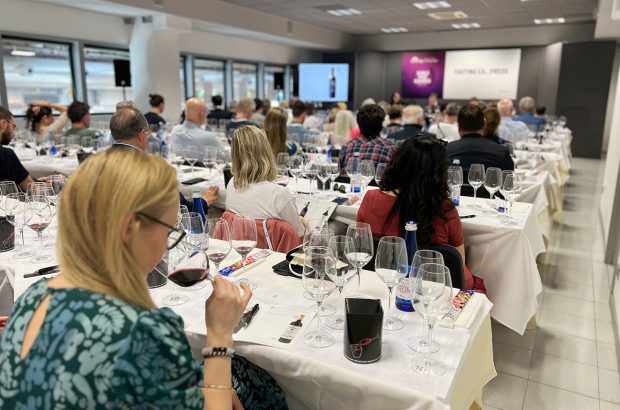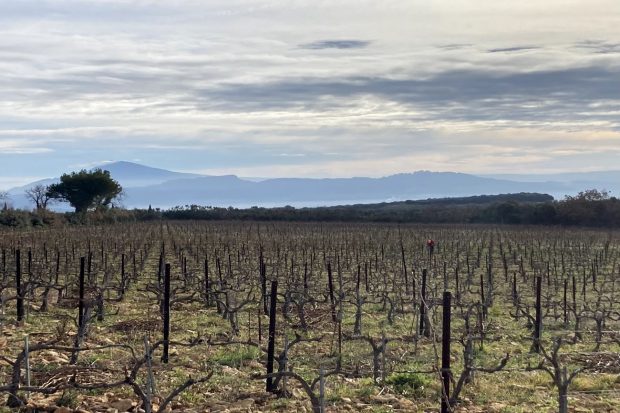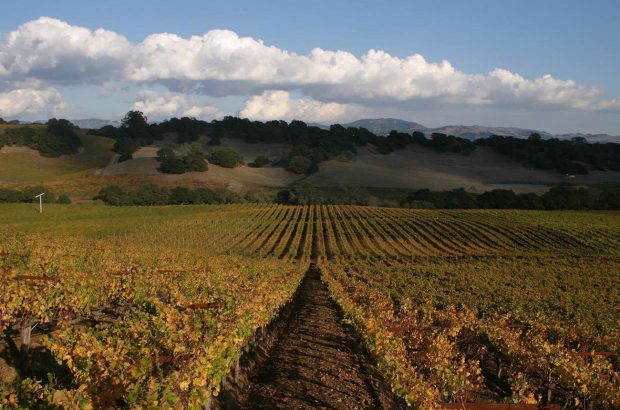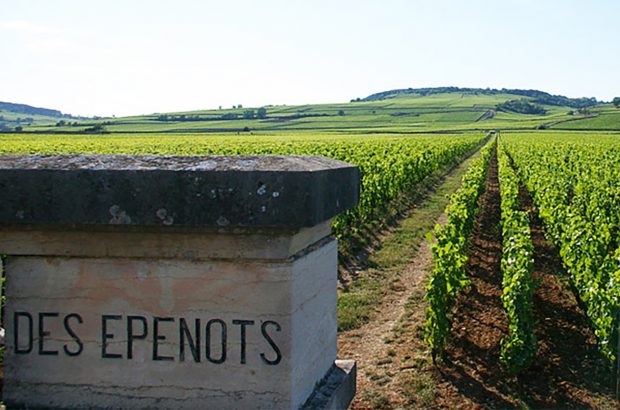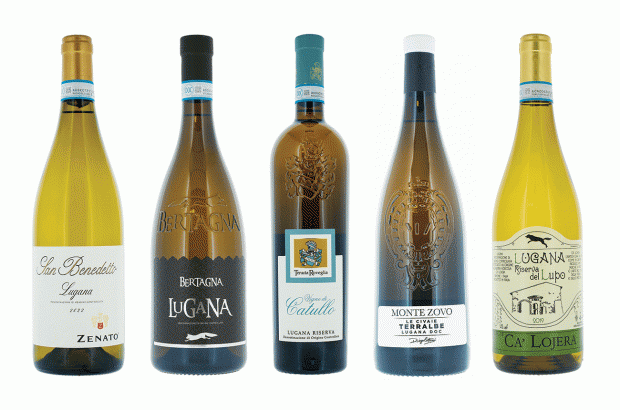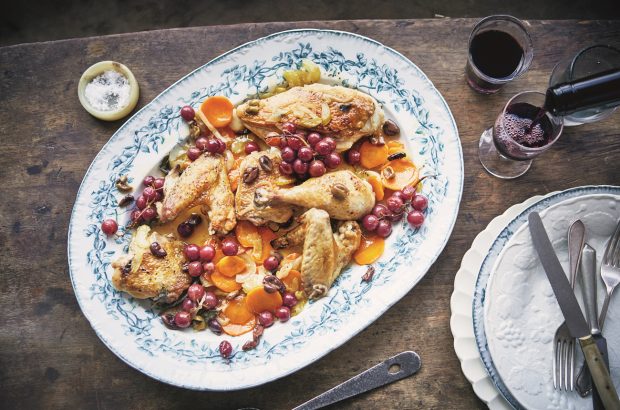I originally encountered Quinta do Noval’s Touriga Nacional and Syrah in 2009. The house, famous for its vintage Port, had access to Petit Verdot and Syrah expertise – as well as pedigree cuttings – from sister-label Château Pichon Baron in Bordeaux and former sister-label, Domaine Mas Belles Eaux in the Languedoc.
But making single-varietal wines – let alone from French varieties – subverts convention in the Douro Valley, where wines tend to reflect both the Douro’s traditional field-blend vineyards and the rationale behind them – namely, to blend different grapes for balance, complexity and consistency in a challenging hot, dry climate.
{"content":"PGgzPk5vdmFsJiM4MjE3O3Mgc2luZ2xlLXZhcmlldGFsczwvaDM+CjxwPkZpcnN0IG1hZGUgaW4gMjAwNCwgdGhlIFRvdXJpZ2EgTmFjaW9uYWwgd2FzIGEgaGFwcHkgYWNjaWRlbnQsIG1hZGUgZnJvbSBvdmVybG9va2VkIGJhcnJlbHMgd2hpY2ggZGVsaXZlcmVkIGFuIHVudXN1YWxseSBjb21wbGV0ZSB3aW5lLiBXaXRob3V0IHNhY3JpZmljaW5nIHN0cnVjdHVyZSAoaXQgYWdlcyB3ZWxsKSwgaXQgaGFzIHVuY29tbW9uIGRldGFpbCBhbmQgZnJhZ3JhbmNlIGZvciBhIHZhcmlldHkgd2hpY2ggdGVuZHMgdG8gZXhjZXNzLjwvcD4KPHA+PGRpdiBjbGFzcz0iYWQtY29udGFpbmVyIGFkLWNvbnRhaW5lci0tbW9iaWxlIj48ZGl2IGlkPSJwb3N0LWlubGluZS0yIiBjbGFzcz0iaXBjLWFkdmVydCI+PC9kaXY+PC9kaXY+PC9wPgo8cD5NeSBzY2VwdGljaXNtIGFib3V0IHRoZSA8YSBocmVmPSJodHRwczovL3d3dy5kZWNhbnRlci5jb20vd2luZS9ncmFwZS12YXJpZXRpZXMvc2hpcmF6LXN5cmFoLyI+U3lyYWg8L2E+LCBvcmlnaW5hbGx5IHJlbGVhc2VkIHVuZGVyIGEgc2Vjb25kIGxhYmVsIChMYWJyYWRvciksIHdhcyBzd2lmdGx5IGFsbGF5ZWQgYnkgYSBwYWxhdGUgd2hpY2ggc2hvd2Nhc2VkIHRoZSB2YXJpZXR5IHRocm91Z2ggdGhlIHByaXNtIG9mIHRoZSBEb3Vyb+KAmXMgcm9ja3ksIHdpbGQgdGVycm9pci48L3A+CjxkaXYgY2xhc3M9ImluamVjdGlvbiI+PC9kaXY+CjxwPkN1cmlvdXNseSwgUGV0aXQgVmVyZG90ICYjODIxMTsgYSBsYXRlci1yaXBlbmluZyBCb3JkZWF1eCBncmFwZSwgYnVkLWdyYWZ0ZWQgaW4gMjAxNCBwYXJ0bHkgZnJvbSBQaWNob24gQmFyb24gc3RvY2sgJiM4MjExOyBoYXMgYmVlbiB0aG9yb3VnaGx5IHByZWNvY2lvdXMuIE1hbmFnaW5nIGRpcmVjdG9yIENocmlzdGlhbiBTZWVseSBkZXNjcmliZXMgaXQgYXMg4oCYYSBjaXZpbGlzZWQgdHJhdmVsbGVy4oCmcmVhbGx5IGFkYXB0ZWQgdG8gdGhlIERvdXJv4oCZIHdoZXJlLCB3aXRoIGEgc3BsYXNoIG9mIGlycmlnYXRpb24sIGl0IGZ1bGx5IHJpcGVucy48L3A+CjxwPkNvbnRyYXN0aW5nbHksIGluIEJvcmRlYXV44oCZcyBtYXJpdGltZSBjbGltYXRlLCBQZXRpdCBWZXJkb3QgaGFzIG5ldmVyIG1hZGUgaXQgaW50byBQaWNob24gQmFyb27igJlzIGdyYW5kIHZpbiwgbGV0IGFsb25lIGZsb3duIHNvbG8uIEluZGVlZCwgdW5saWtlIFN5cmFoLCBpdOKAmXMgcmFyZSB0byBmaW5kIHNpbmdsZS12YXJpZXRhbCBQZXRpdCBWZXJkb3QgYW55d2hlcmUsIG1ha2luZyB0aGlzIGltcHJlc3NpdmUgZXhhbXBsZSB3ZWxsIHdvcnRoIHNlZWtpbmcgb3V0LjwvcD4KPGgzPjxzdHJvbmc+VGFzdGluZyBRdWludGEgZG8gTm92YWwmIzgyMTc7cyBkcnkgcmVkczo8L3N0cm9uZz48L2gzPgo8cD4K"}
{}
{"wineId":"28542","displayCase":"standard","paywall":true}
{"wineId":"28541","displayCase":"standard","paywall":true}
{"wineId":"28543","displayCase":"standard","paywall":true}
{"wineId":"28544","displayCase":"standard","paywall":true}
{"wineId":"28545","displayCase":"standard","paywall":true}
{}
You may also like:






